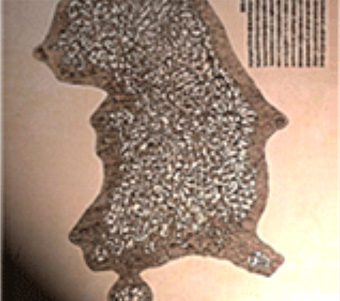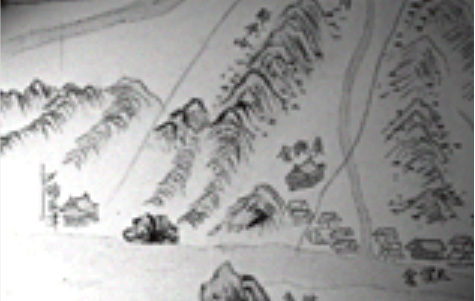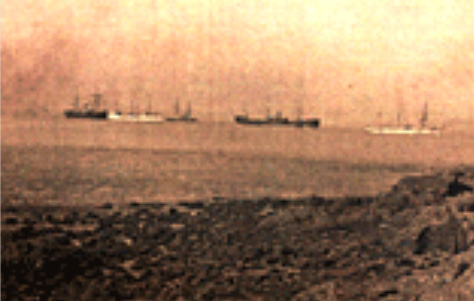-

Map of Joseon Dynasty
On the shore of the Han River, Yanghwajin (meaning "Willow-flower ferry dock"), was the strategic region for commercial transactions and military defense during the Joseon (the name by which Korea was widely known prior to 1945) Dynasty. Yanghwajin had abundant water levels which allowed numerous over-sized ships to dock. Goods shipped to Jaemulpo, presently, Incheon area) passed through Yanghwajin before being delivered on to the capital, the palaces and other cities. Yanghwajin's natural advantages, however, also made it an easy target for foreign attacks. After Im-Jin-Waeran), the Japanese invasion of Korea in 1592, and Byung-Ja-Horan), the Manchu invasion of Korea in 1636, the strategic significance of Yanghwajin was further recognized and a military camp and base were installed in 1754, the 30th year of King Young Jo 1694 - 1776)'s reign. With this installation, the word "jin" in the name of Yanghwajin came to signify "encampment for a time.
-

Yangwhajin in the old map
The clash between the late Joseon dynasty and Western forces was fought through many naval battles, some at Yanghwajin. In August of 1866, France sent three military ships all the way to Yanghwajin as a military response to the persecution of the Catholic Church by Daewongun, (1820-1898), who acted as the regent at the time, but suffered a defeat in October at Kanghwado and retreated. This further strengthened Daewongun's decision to reject peace negotiations and caused persecution against Catholics to become even harsher. Daewongun, claiming that he was washing away the contamination of Han River by Western barbarians with the blood of followers of evil religion, bloodied the water that flowed through Yanghwajin with blood of Catholics.
-

War Ship at the Jae Mul Po
Yanghwajin is also the site where Kim, Okkyun, the leader of the reformist faction, was executed in 1894. He had led the political coup known as Gapshinjungbyun ( in 1884 and fled to Japan after its failure. Historically, Yanghwajin is thus a site with a painful past of much conflict. New waves of Western influence and the old ideologies of Joseon clashed, failing to blend harmoniously, and caused profound impact on the course of Korean history,


